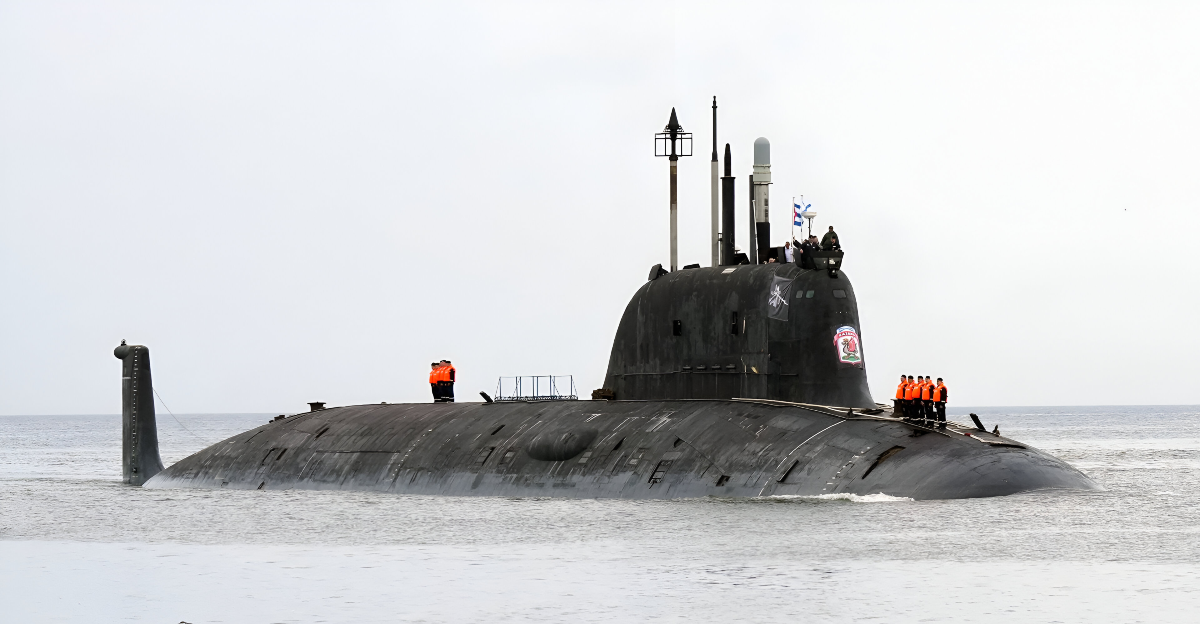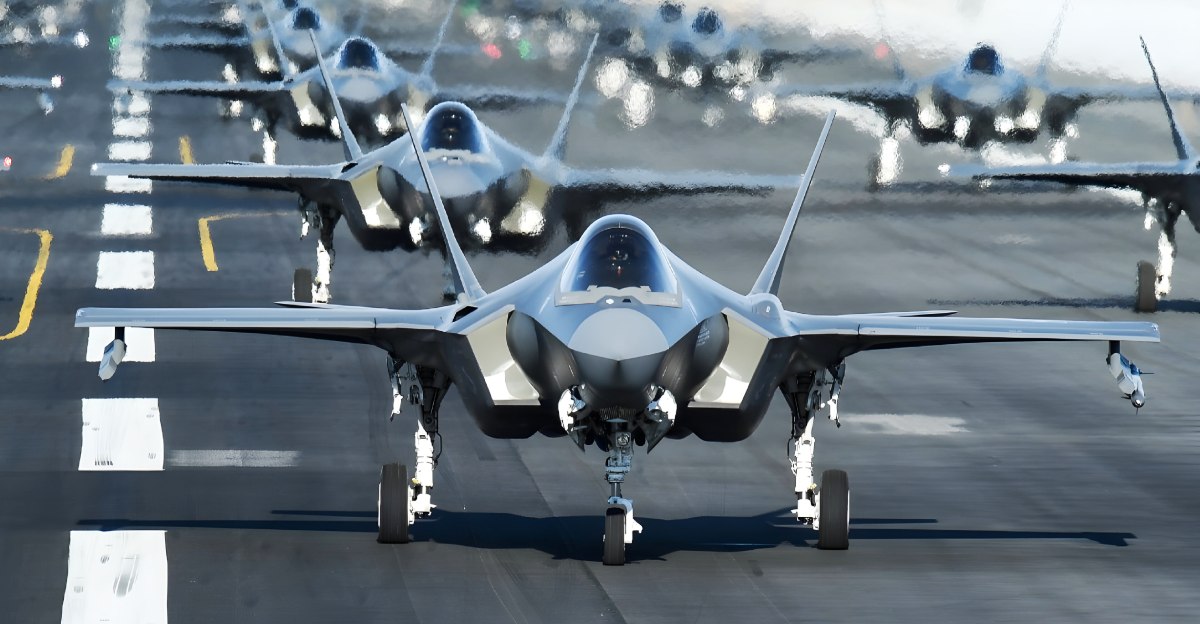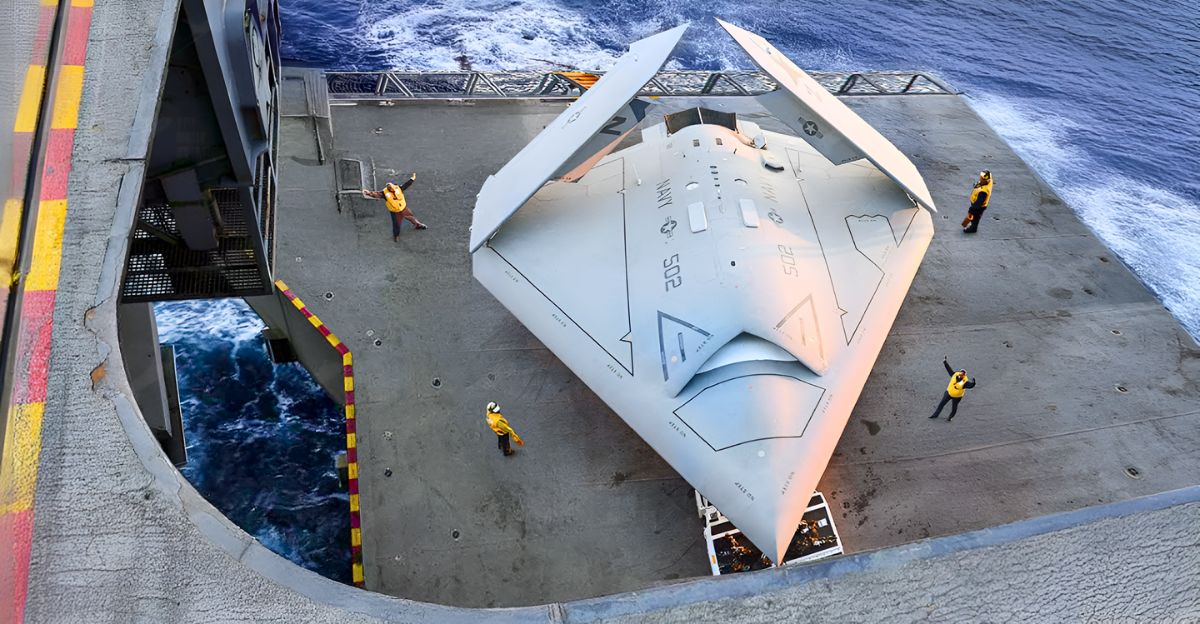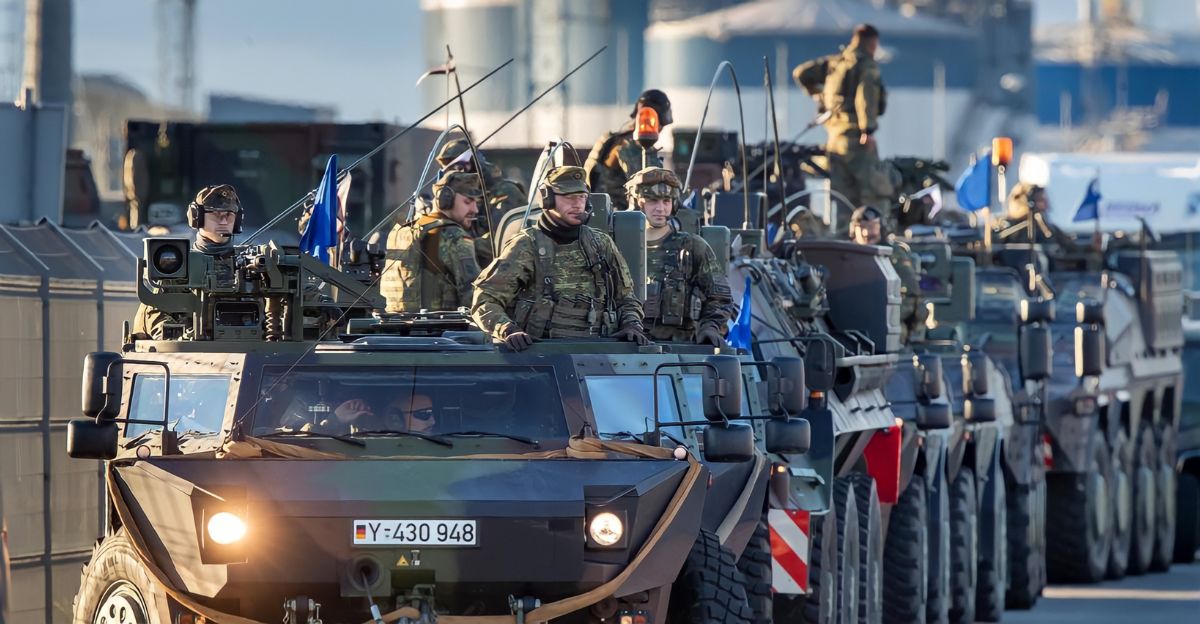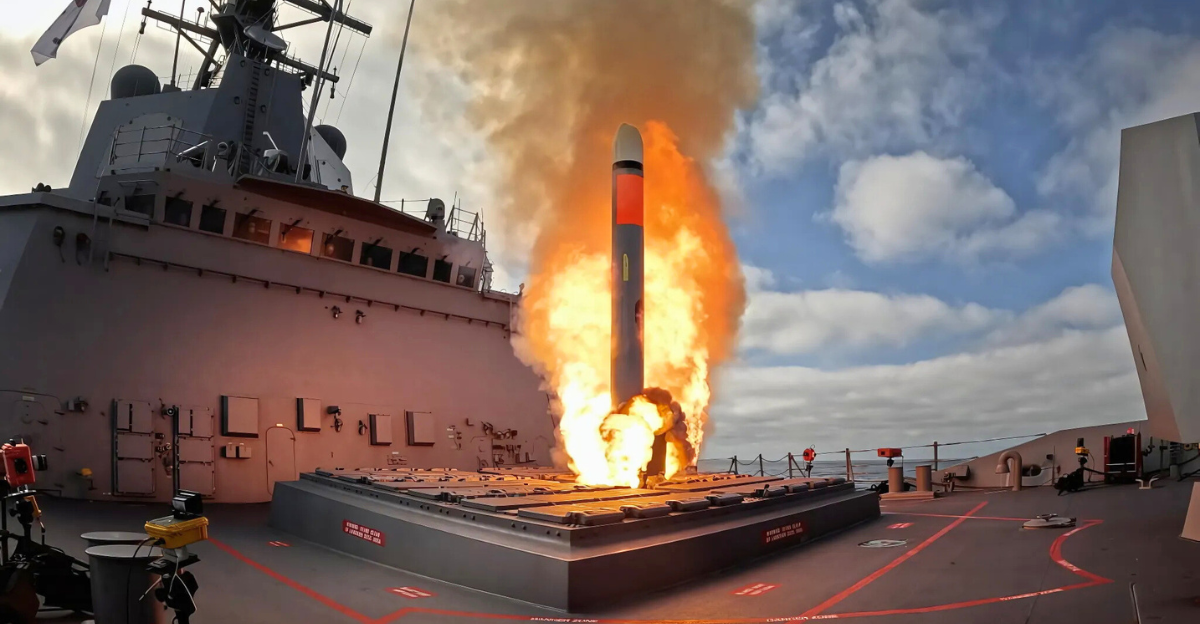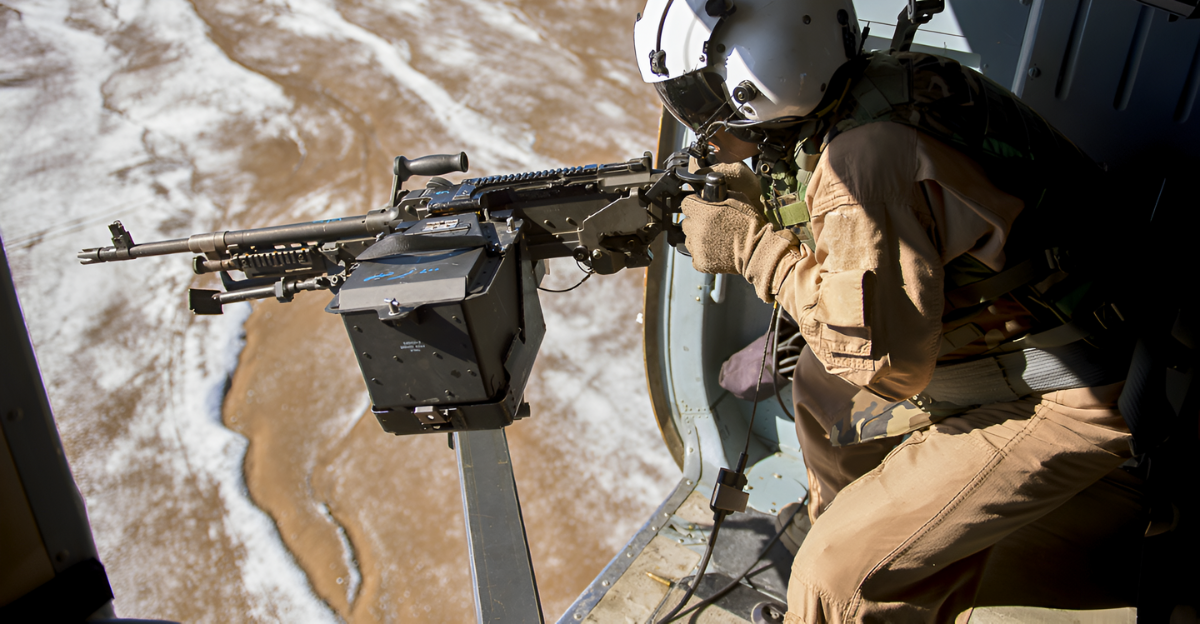
Picture a tranquil dawn on the Red Sea. A civilian ship broadcasts a distress call—something is wrong. It’s still unclear what’s happening, but shortly, US Navy helicopters take to the skies.
They move at high speed, quietly but menacingly. What prompted this deployment? Who is on the line? And what follows? Behind the scenes are covert operation protocols, decision-making in an instant, and lives at risk.
But the moment of truth remains to be told. Let’s go through this operation, detailing how sophisticated helicopters altered the trajectory of a high-stakes naval mission.
The Incident Unfolds

In the early morning of December 31, the Maersk Hangzhou, filled with commercial cargo, emitted a distress signal off Houthi-controlled waters.
It had already spent a night being bombarded by missiles. Four small boats arrived with heavy arms. Their purpose appeared straightforward: try boarding.
Their proximity—20 meters to the ship—created quantifiable risk. US naval assets on nearby vessels allowed for a rapid response. But what sort of air equipment would be operated? And who was behind the scenes, orchestrating this?
U.S. Naval Response

The distress call alerted two US warships—the USS Dwight D. Eisenhower aircraft carrier and the USS Gravely destroyer.
Both vessels have helicopter detachments aboard in the event of emergencies. In a matter of seconds, Seahawk crews were ready to take off. Their task: intercept and assess any hostile intentions. Nobody knew how hostile the incoming boats would be.
Nevertheless, everything was on the line. The instruction: dispatch armed helicopters out into the unpredictable seas. This was a decisive turning point.
Helicopters out

MH‑60S and MH‑60R Seahawk helicopters took off, racing over the waves to the Maersk vessel. These multi-mission helicopters are equipped with .50‑cal machine guns, Hellfire missiles, and radar.
During practice, crews are trained on advanced threats—from drones to attack boats. The latter was what transpired in this mission.
The boats disregarded warnings and fired. Policy and procedure at that moment directed self-defense. The helicopters needed to neutralize the threat rapidly and precisely.
Close‑Range Encounter

When the four Houthi vessels closed in, the helicopters came into range of small‑arms fire. The helicopter commanders called out by voice hail, with no reply.
The boats then opened fire on the aircraft. Having come under fire, the Seahawk gunners laid down suppressing fire. It was a high‑stakes direct confrontation in open water at close range.
Every second counted. Door-mounted guns of high rates of fire on helicopters and Hellfire missiles were applied when necessary. Careful precision targeting reduced collateral risk and adhered to engagement protocols.
Swift Suppression
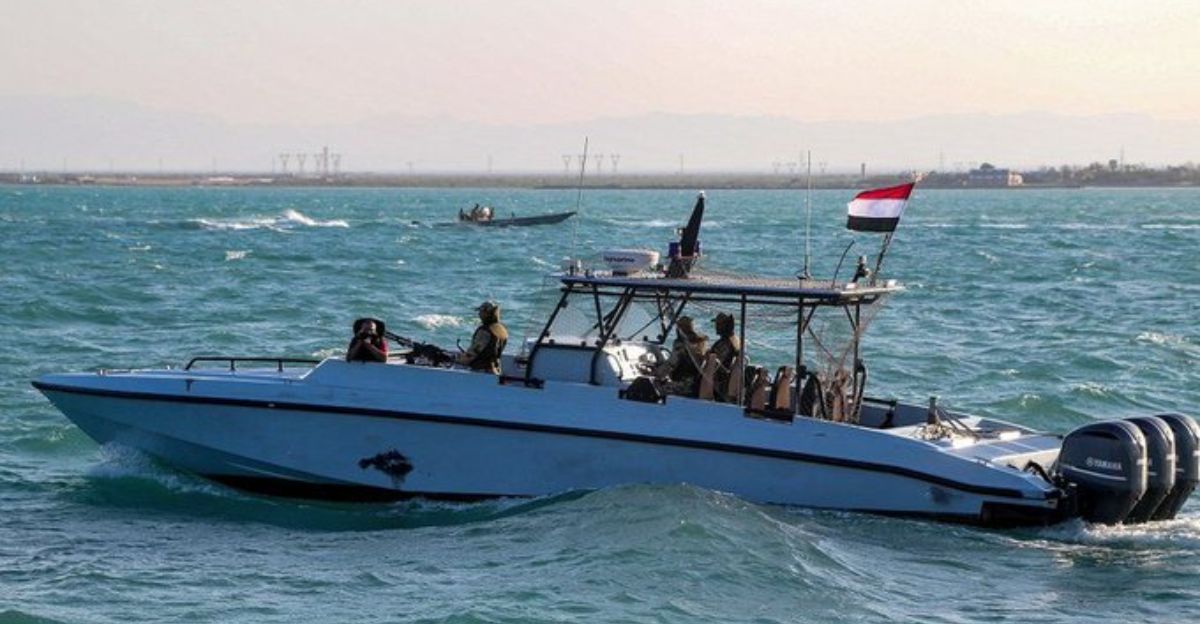
According to CENTCOM’s official statement, three of the four fast boats were obliterated in minutes, with US Navy helicopters sinking the attacking vessels after they opened fire. Missile or fire silenced the threat in the immediate area.
The fourth boat reversed and escaped. No US crewmen or civilians aboard the Maersk were injured. The rescue chopper crews showed timely deployability capability and accuracy in a live sea engagement.
It was a textbook application of self-defense in a hostile environment executed with accuracy and self-discipline. Procedures were followed, and escalation was prevented once the boats retired.
Seahawks’ Technical Edge
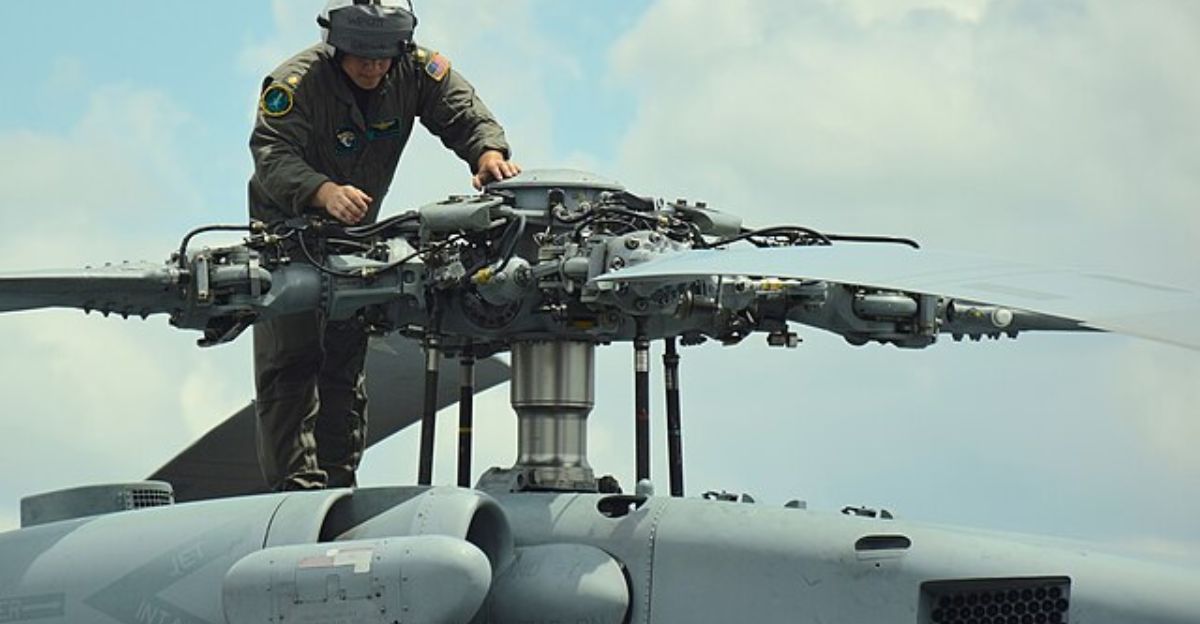
The MH‑60 Seahawk platform was exceptional: weather‑tested, armed, and sensor‑augmented. The MH‑60R is equipped with radar and FLIR to identify small boats; the MH‑60S carries surface attack capability.
Anti‑surface warfare aircrew train every day in simulation and live‑fire. These helicopters can absorb small‑caliber damage. They were well within those design parameters in this mission and demonstrated their efficiency in maritime defense.
Operational Context
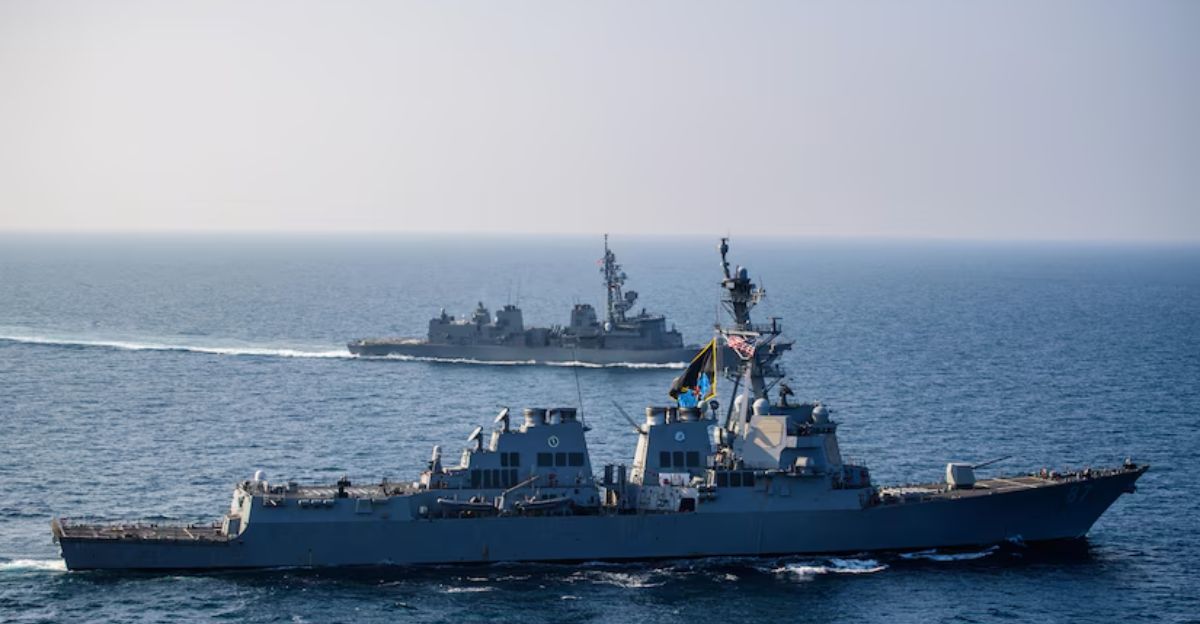
This was not an isolated occurrence. As of mid‑December, the US initiated Operation Prosperity Guardian—a coalition operation to deter Houthi attacks against Red Sea shipping. More than 20 countries took part.
Missiles, drones, and fast boat raids hit merchant vessels within weeks. The threat environment was escalating fast, calling for more rules of engagement and coordinated naval response in the region.
Aftermath for Maersk
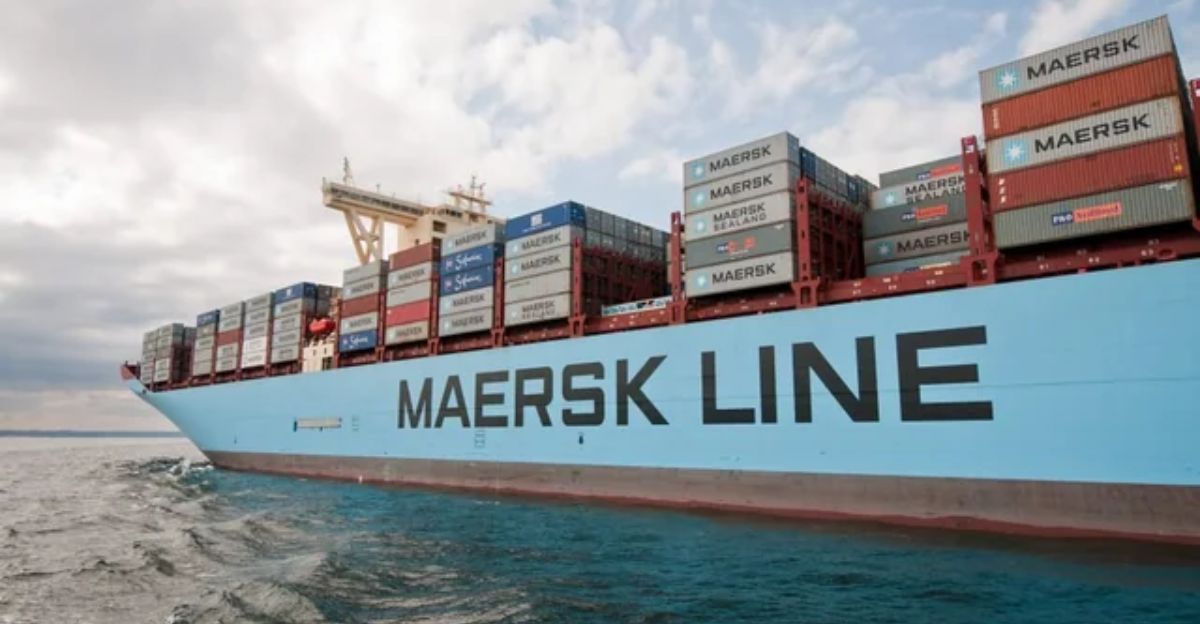
Maersk reacted to the assault by suspending 48 hours of Red Sea operations. Hangzhou steamed on—unharmed, crew uninjured.
The company, and others, directed ships around Africa to avoid danger. Cargo was late, but no lives were lost.
The assault brought to light the volume of sea traffic involved and the ripple effect that these attacks have on global supply chains.
Strategic Implications
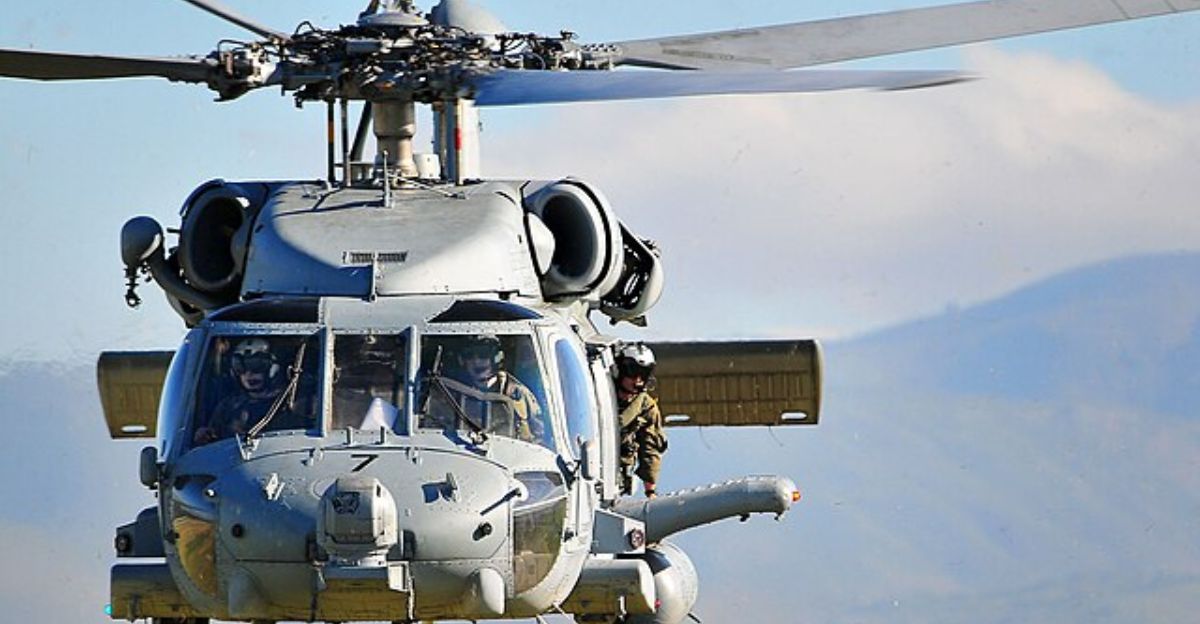
The operation validated Seahawk helicopters as key assets for the defense of ships and anti-surface warfare.
They also validated the capability of the US military for rapid projection of power and response in contested seas. The operation reinforced deterrence messaging to hostile surrogates.
It was additionally a pilot operation for coalition coordination according to Operation Prosperity Guardian procedures. Analysts labeled it a turning point in managing threats on main trade routes.
Rules of Engagement & Ethics
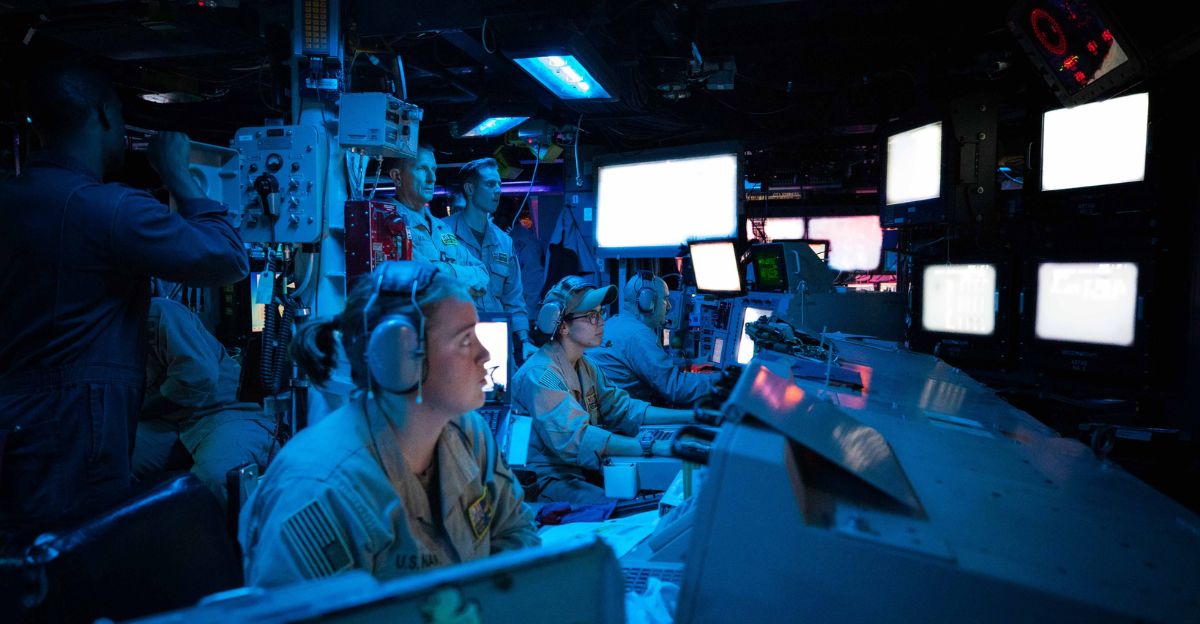
Rules for engagement were stringent for helicopter crews—warnings, verbal hail, and warning shots on tape before lethal force was applied.
As detailed in the official US Central Command press release, rules for engagement were stringent. Defense, not offense, was the motto. Human judgment regulated targeting. Crews practiced de-escalation after the threat had passed.
This reflected international maritime law application, with a low risk assumed for noncombatants while safeguarding commercial shipping.
Wider Regional Dynamics
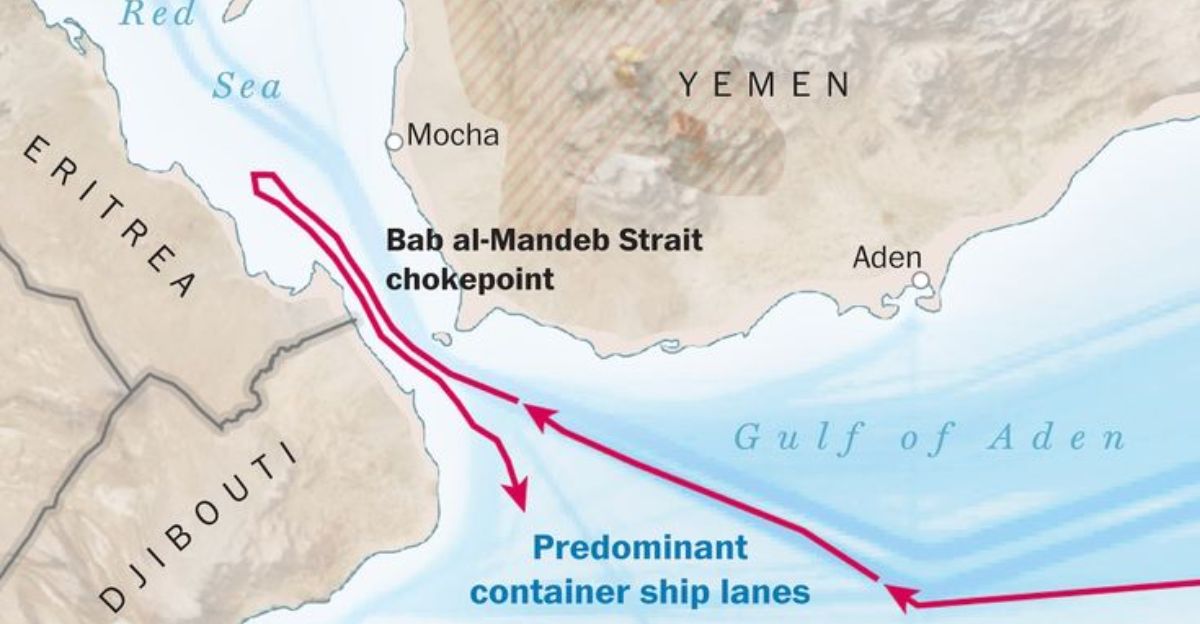
Houthis, backed by Iran, attacked ships in support of Gaza-induced movements. Their drone, missile, and small boat attacks on shipping via the Bab el‑Mandeb strait attacked shipping, though mostly Israeli‑linked, indiscriminately in the end.
Most threats were prevented by joint naval action, yet tensions persist. Further warnings came after this attack from Houthi leaders.
Evolving Naval Tactics
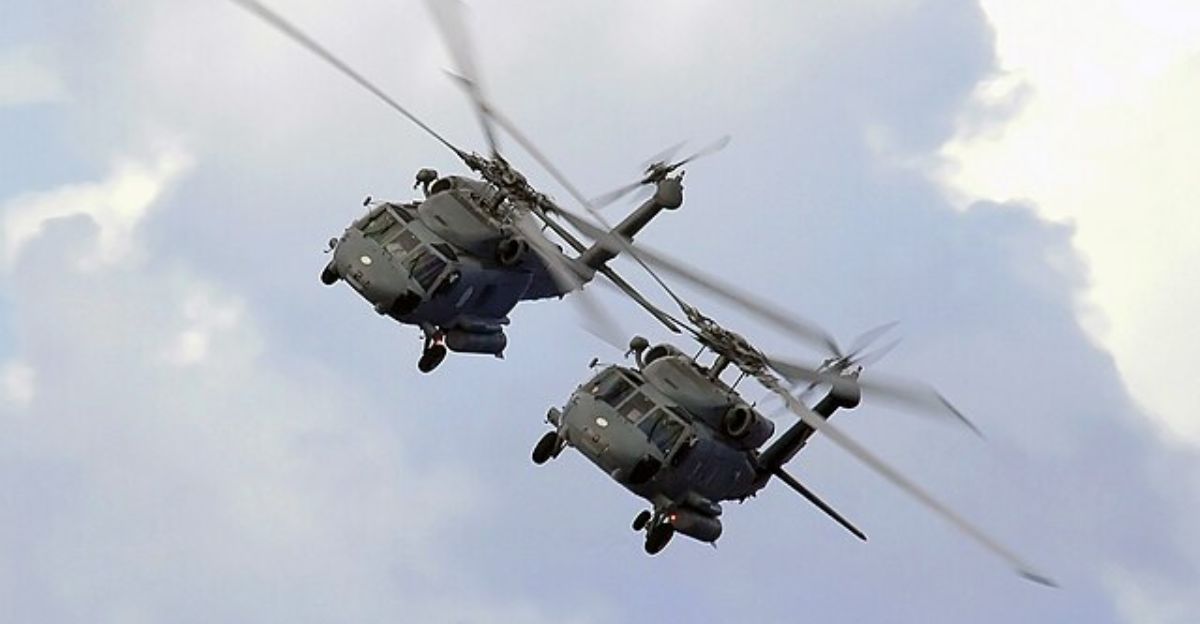
Following this experience, US military has accelerated helicopter integration into naval defense strategy. Crews have advanced counter-drone capabilities and networked radar assistance. Coalition ships exchange intelligence in real time.
New doctrine is built around layered defense: ships, aircraft, helicopters, and drones working in concert. The Red Sea has been a testing ground for multi-domain tactical development in naval defense.
What’s Next?
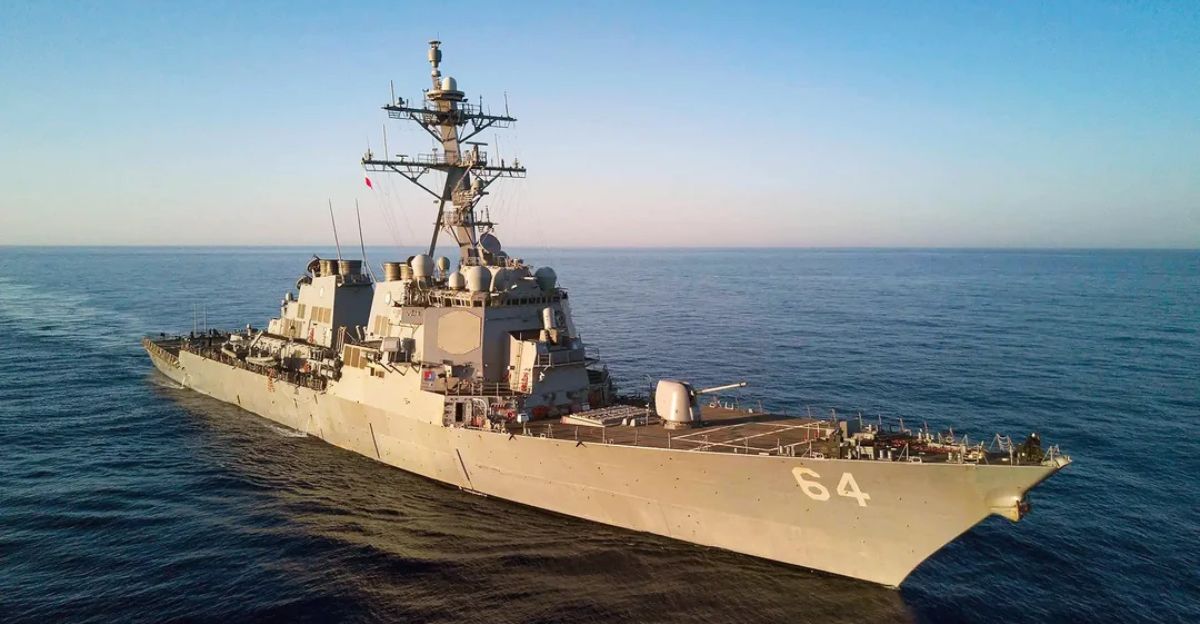
While the Houthi boat threat was temporarily neutralized, drones and missiles pose dangerous threats. Operation Prosperity Guardian continues with allied naval patrols and air cover. US pilots stand ready to respond immediately.
Sea traffic monitoring is still important to global stability. The deployment of Seahawk helicopters in this mission established a precedent for rapid response and mutual defense in strategic sea lanes.

